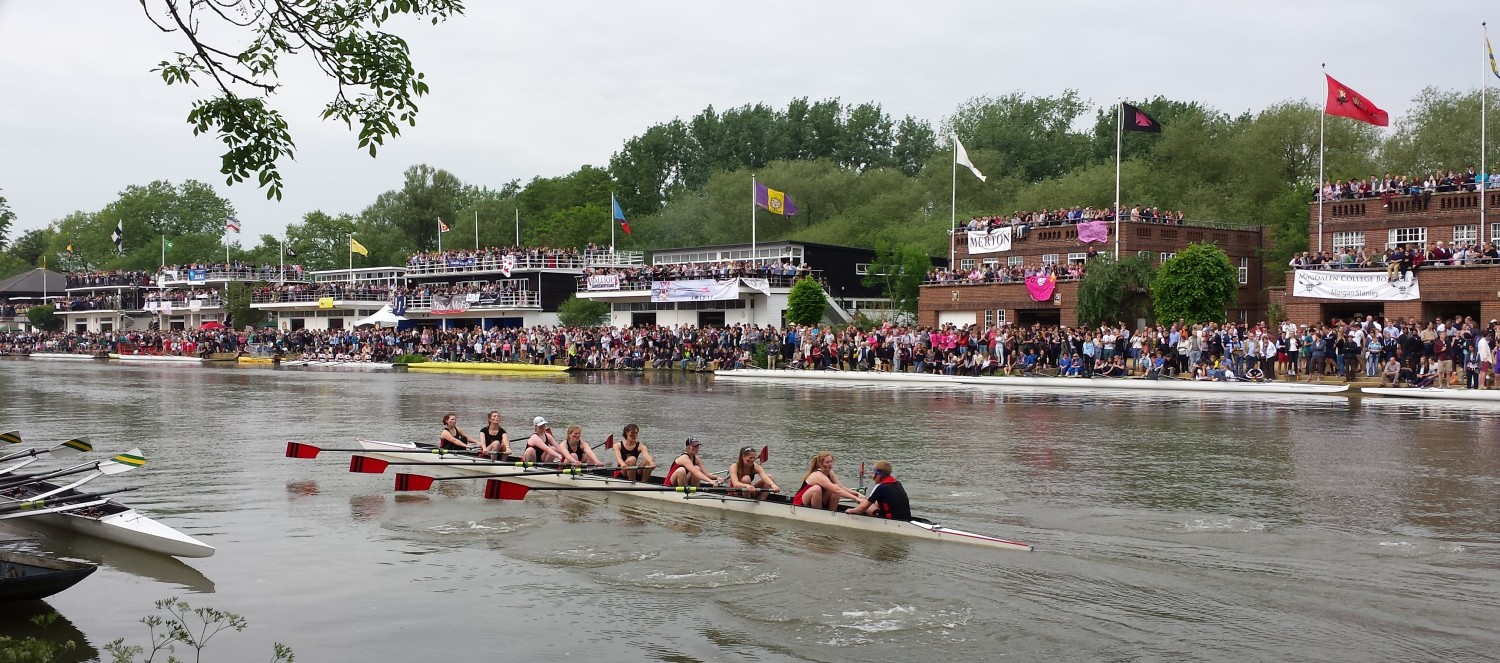Not just ‘With Stroke’ but ‘Like Stroke’
There is quite a long list of requirements for the rower in the stroke seat and in my view, technical consistency is close to the top of that list. Those technical rowing skills must be supported by toughness of spirit, grace under pressure, and fully trained fitness. If you can get those qualities into the stroke seat, it makes coaching the boat much easier, because if you can get the rest of the crew to row not just ‘with stroke’ but ‘like stroke’ you are most of the way to producing a fast, efficient crew.
‘Rowing like stroke’ can be as much a challenge for experienced rowers as it is for beginners. While beginners often lack the co-ordination to follow stroke accurately, experienced rowers sometimes have to overcome years of habit to change the way they row. To give just one example, if they have the habit of rowing with a significant pause at the finish, it can be surprisingly difficult to get an experienced rower to get their hands away faster on the recovery.
Once you have coached a crew to row like stroke it follows that every time the occupant of the stroke seat changes, the whole crew has to adopt a slightly different style. The effort, however, is worth it. There is a visible difference between a crew who are only in time at the catch and a crew who are in time throughout the entire stroke cycle. If they are ‘rowing like stroke’, the hands, heads and slides will all be moving together and as a result the blades remain synchronised throughout the stroke and just as importantly, the movement of the crew’s body weight in the boat is controlled and the balance of the boat is improved.
If at all possible, you should have an alternative stroke person available in your squad in case your first choice stroke is unavailable. This will also give your first choice stroke the opportunity to row in another seat occasionally – ideally on bowside. Given the many benefits of rowing in the stroke seat I’m surprised by how reluctant many rowers are to try for the role, but it is worth the effort of living up to the ideal of coaching rowers to row in any seat. Every so often you are rewarded by the discovery of a previously hidden talent – a bonus for the coach, the rower and the boat as a whole.
While it is unlikely that you will find two candidates for the stroke seat who have exactly the same rowing style, it is virtually impossible that you will find two candidates with the same psychological attributes. The “toughness of spirit” I mentioned earlier becomes more important in more experienced boats where the occupant of the stroke seat needs the ability to push themselves and their crew right to the edge of their capabilities while maintaining the consistency and discipline required to keep the boat working as an effective unit. The other side of that coin is the “grace under pressure” required to deal with unexpected circumstances (particularly under race conditions) calmly and rationally rather than angrily or aggressively. It is often the case that the kind of rower who regularly occupies the stroke seat a) has a high opinion of their own rowing and b) tends to hold (and express) strong opinions about the performance of the rest of the crew. To some extent this is part of stroke’s role, but a certain amount of understanding and empathy is helpful and important too.
Lastly, fitness has to be one of stroke’s key characteristics. He or she doesn’t have to be the strongest rower in the boat, but if stroke isn’t fit enough to push the performance of the rest of the crew close to their limits then they aren’t getting the best from the boat.
Given all of these requirements and issues it is not surprising that many coaches tend to stick with the same faces at stroke for months or indeed years at a time. However, in my view it is good for all concerned to have the courage to experiment and to try new options. You have to expect that many of the experiments will fail, but experimenting is at the heart of effective coaching and without it we are limiting our own and our crews’ potential for success.

